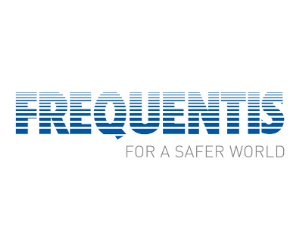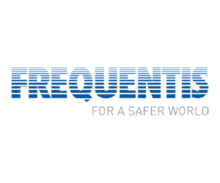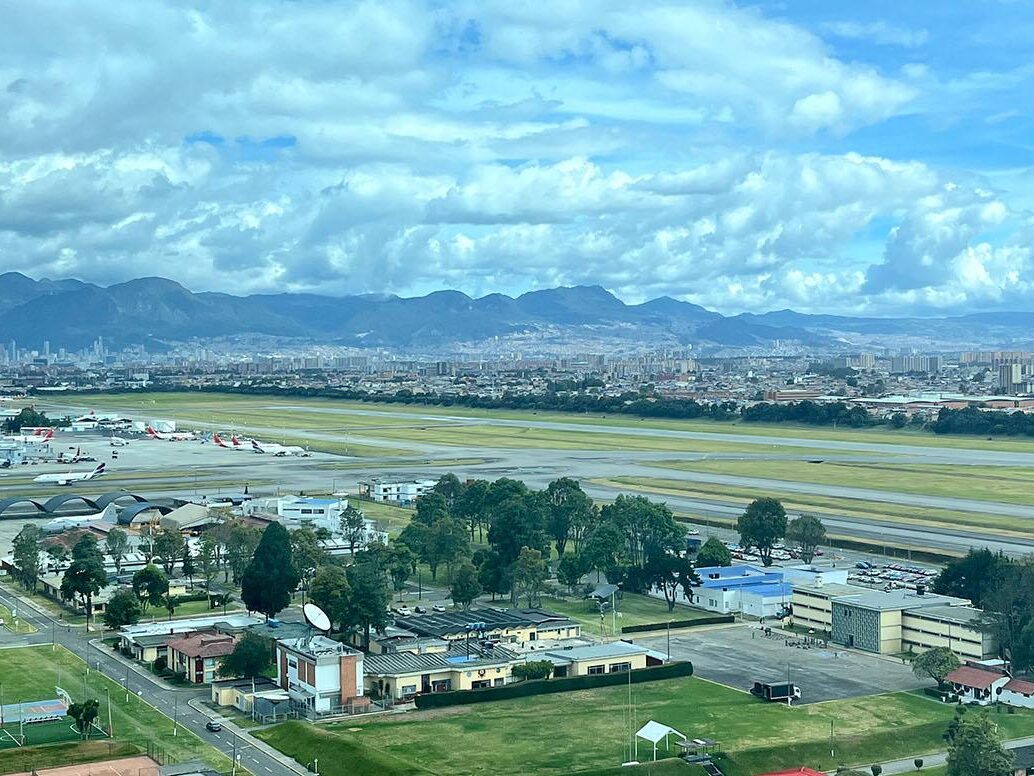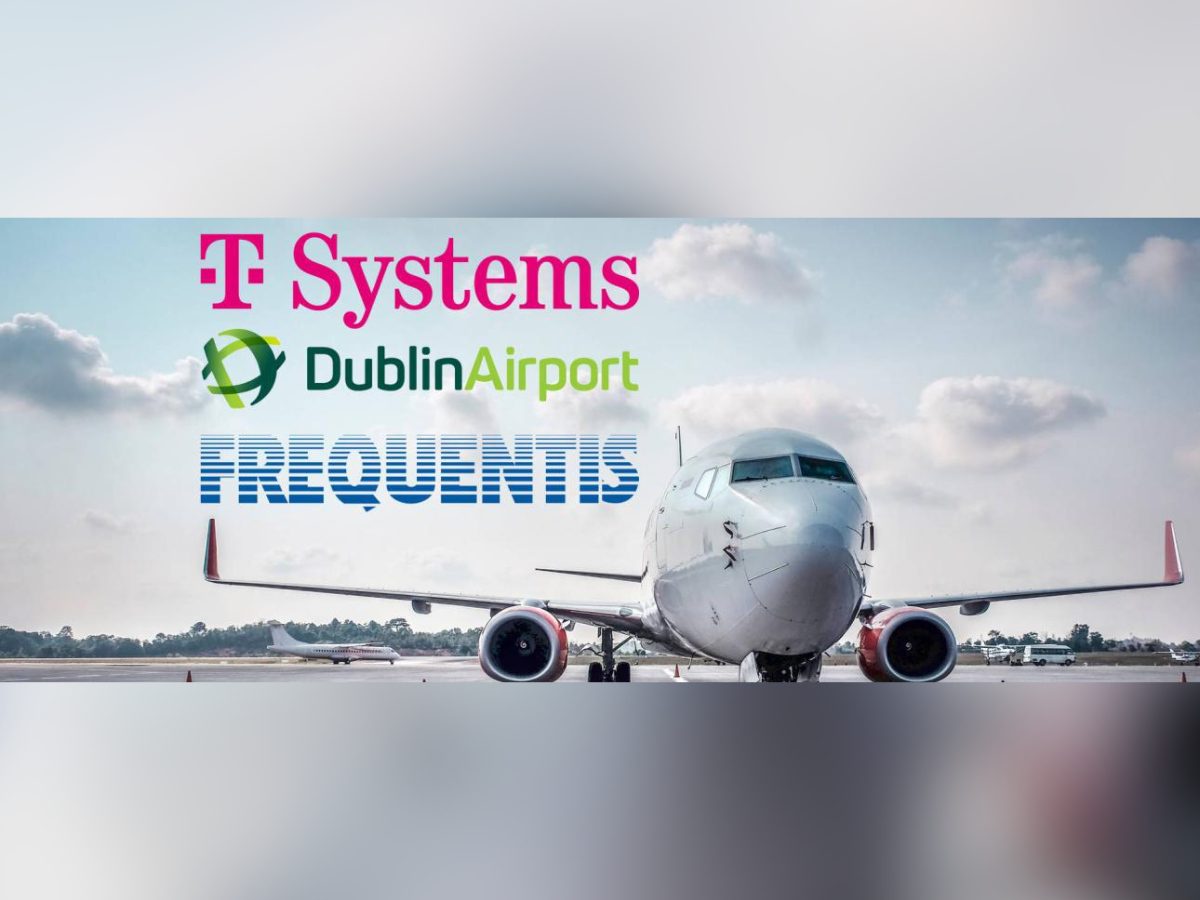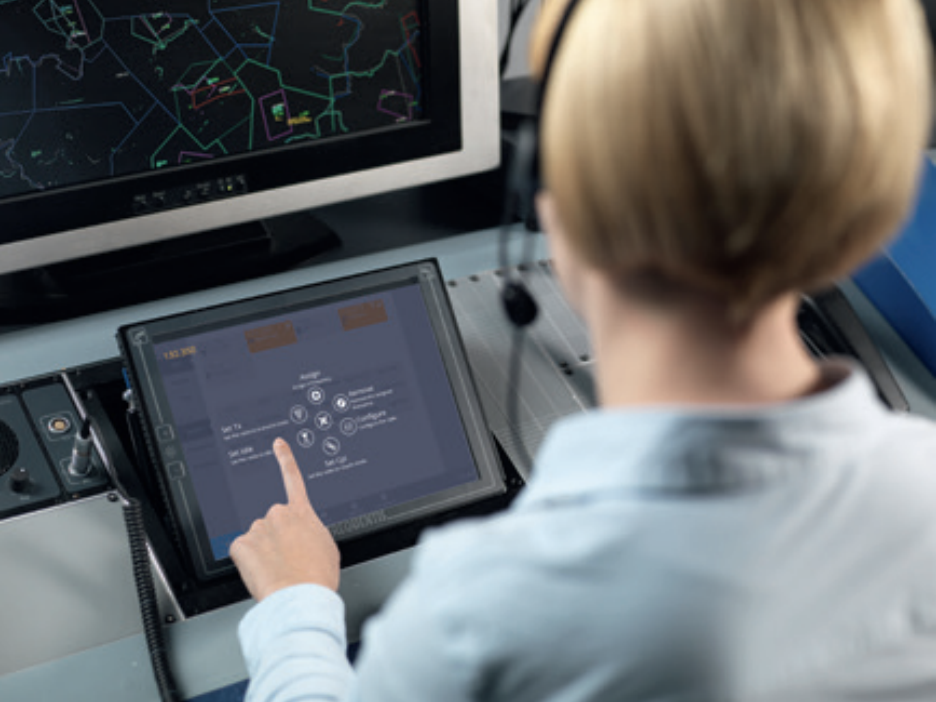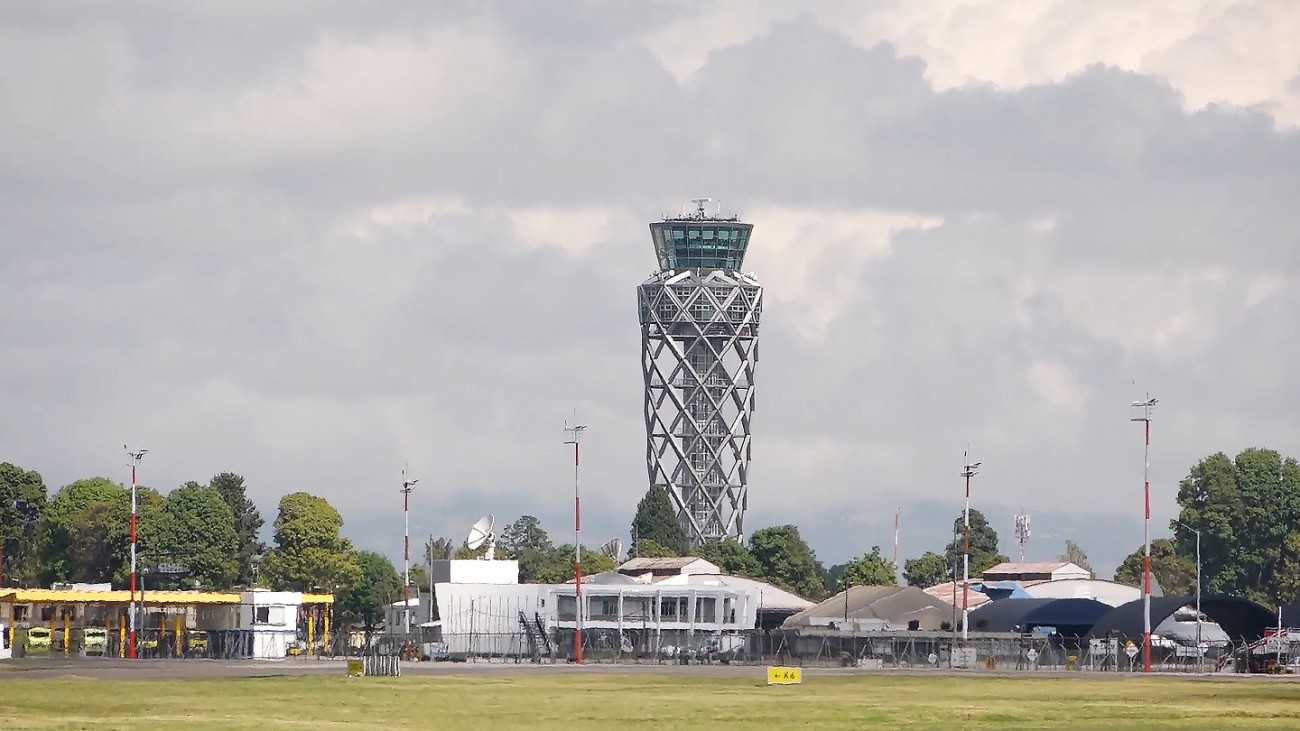Airports of the Future: Frequentis and German Aerospace Center (DLR) to Bring Multiple Remote Tower Operations to the Next Level
Multiple Remote Tower Modules develop at fast-pace and will eventually replace traditional air traffic control (ATC) towers. Located in a remote tower centre, the modules aim to allow the control of several different airports, with varying complexity, from a remote location. This will also allow the centralisation of air traffic services (ATS) and the combining of resources at different airports, providing efficiency gains. Developed within the framework of SESAR, a prototype was set up and tested by Frequentis and the German Aerospace Center (DLR) during validation exercises in Germany, with highlights shown during the SESAR online open day hosted by Frequentis at the end of 2021.
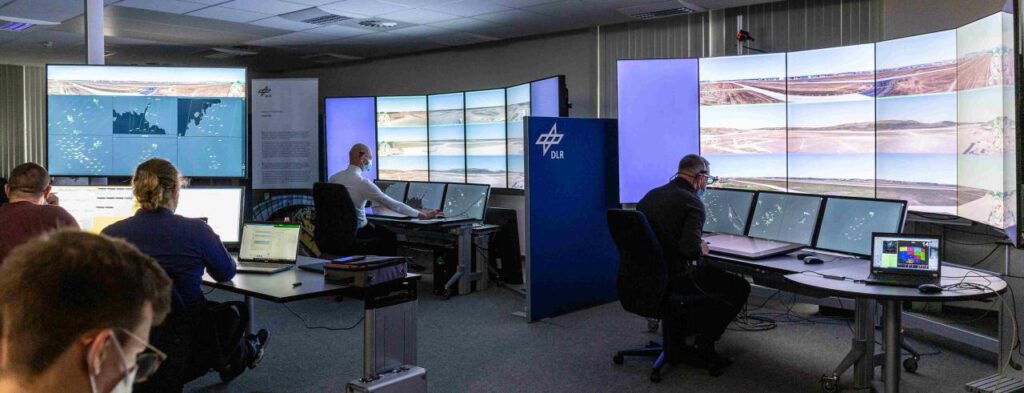
as possible from a remote location.
A remote tower centre is operated by a pool of air traffic control officers (ATCOs), who provide their services to airports on demand. When combining resources in a single centre, controllers can also assist each other if the traffic at a particular airport peaks. Even air traffic services at medium airports could benefit by connecting to a large remote tower centre as they could operate more efficiently, while helping the ATCOs’ to better balance their workload using sophisticated role management. The concept draws on a range of advanced technology, including high-definition cameras, infrared, and pan-tiltzoom cameras to deliver the information the controller wants to see in real time. Video camera data can be integrated with existing surveillance sources to identify and track targets, perhaps in a separate box with an illustration.
Multiple Remote Tower Modules Will Displace Traditional ATC Towers
Jörn Jakobi, Business Development and Project Manager at DLR, said:I am confident that remote tower centres are the future. They are the natural progression of traditional aerodrome towers; the validation has shown the concept’s potential.
In November 2021, DLR and Frequentis validated a remote tower centre prototype with 15 simulated airports controlled remotely by Lithuanian and Polish ATCOs. Two real Multiple Remote Tower Modules were set up to handle traffic at up to six airports, while nine additional airports and ATCOs were simulated for the supervisor position. The supervisor managed the modules making decisions on staff assignment based on upcoming traffic information, weather situations, availability of staff, and other occurrences potentially interfering with the daily routine. Weather and traffic-related warnings will allow the supervisor to quickly recognise changes and take immediate action.
During these trials, the newly developed supervisor tool for large remote tower centres showed its great potential. It will play a vital part for the controllers and supervisors in the new working environments, allowing them to cope with the increasing complexity of optimal resourcing.
The validation took place in the remote tower laboratory at the DLR Institute of Flight Guidance in Braunschweig, Germany. DLR, Frequentis, and the Lithuanian and Polish Air Navigation Service Providers Oro Navigacija and PANSA conducted multiple trials with the ATCOs, alternating in their roles as an ATCO and Supervisor. The remote tower modules included panorama screens simulating traffic for up to three airports, Frequentis’ smartSTRIPS, and the planning tool. The positions were supplemented with a notification board for quick and silent communication between the ATCOs and their supervisor, configurable to support event triggered messaging. The system was based on the latest Frequentis MosaiX platform to share all information and exchange data in between applications. Additionally, it could be demonstrated that a correlation and fusion of electro-optical and traditional surveillance detections, and therefore possible safety net improvements, can enhance the situational awareness of the ATCOs.
Successful SESAR Multi Remote Tower Online Open Day
A few days after the concluded validation exercises, during an on-site Open Day in Germany, Frequentis hosted the SESAR PJ.05-35 Multi Remote Tower Online Open Day to show the highlights of the validation related to SESAR 2020 solution PJ.05-W2-35 ‘Multiple Remote Tower and Remote Tower Centre’.
Regina Bruzek, Product Sales Manager at Frequentis, said:The online event focused on the supervisor position and its advanced planning tools to optimise the allocation of aerodromes, ATCOs, and operator working positions for large Remote Tower Centres with multiple connected aerodromes. It was rounded off by a panel discussion with our project partners DLR and the Lithuanian and Polish Air Navigation Service Providers Oro Navigacija and PANSA, who shared valuable practical views. We are very much looking forward to the further development of this solution.
A video with insights of the validation and its setting can be found here; the recording of the Online Open Day can be watched here.
This project has received funding from the SESAR Joint Undertaking under the European Union’s Horizon 2020 research and innovation programme under grant agreement No 874470.
This article was originally published by Frequentis.

